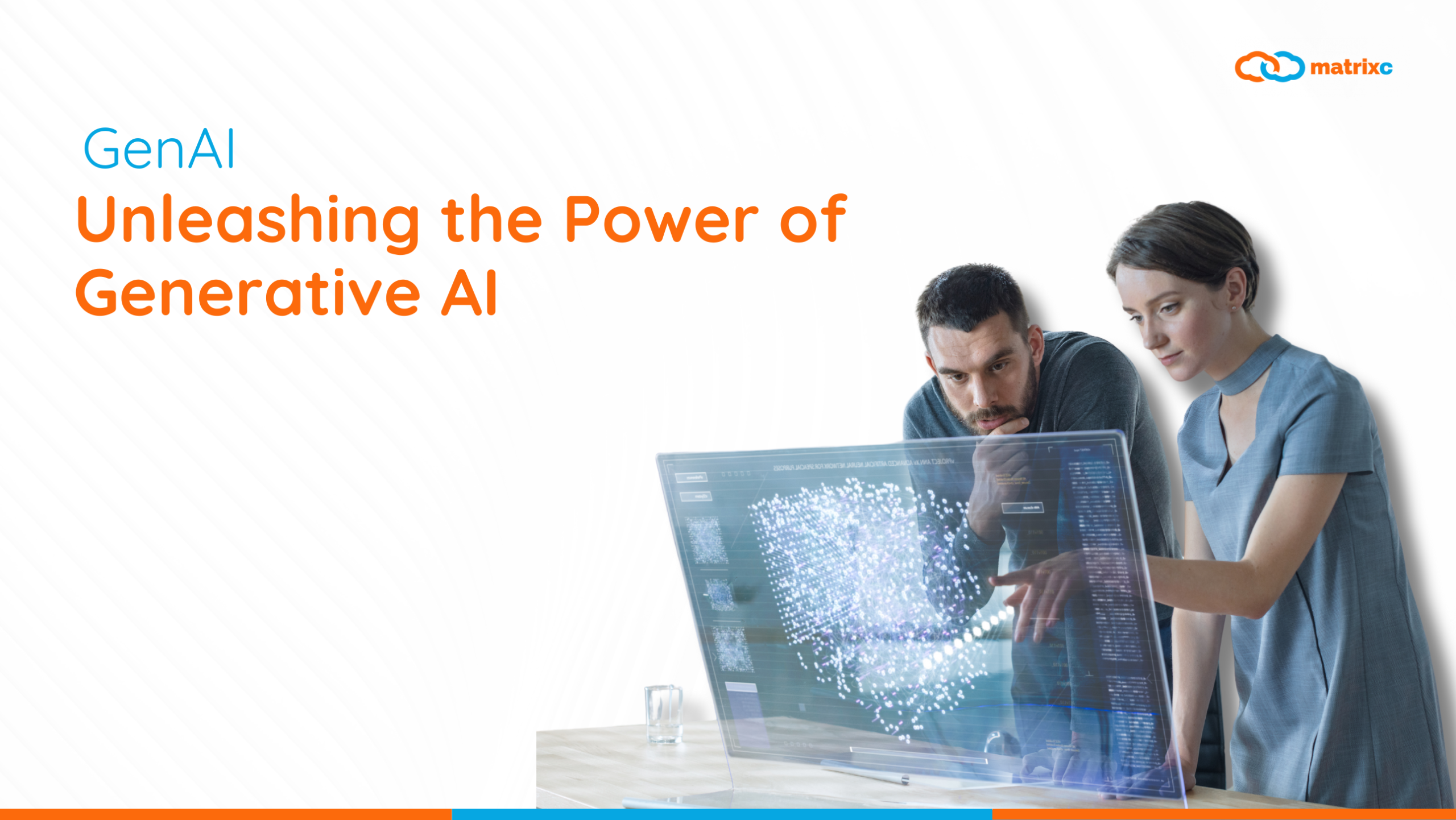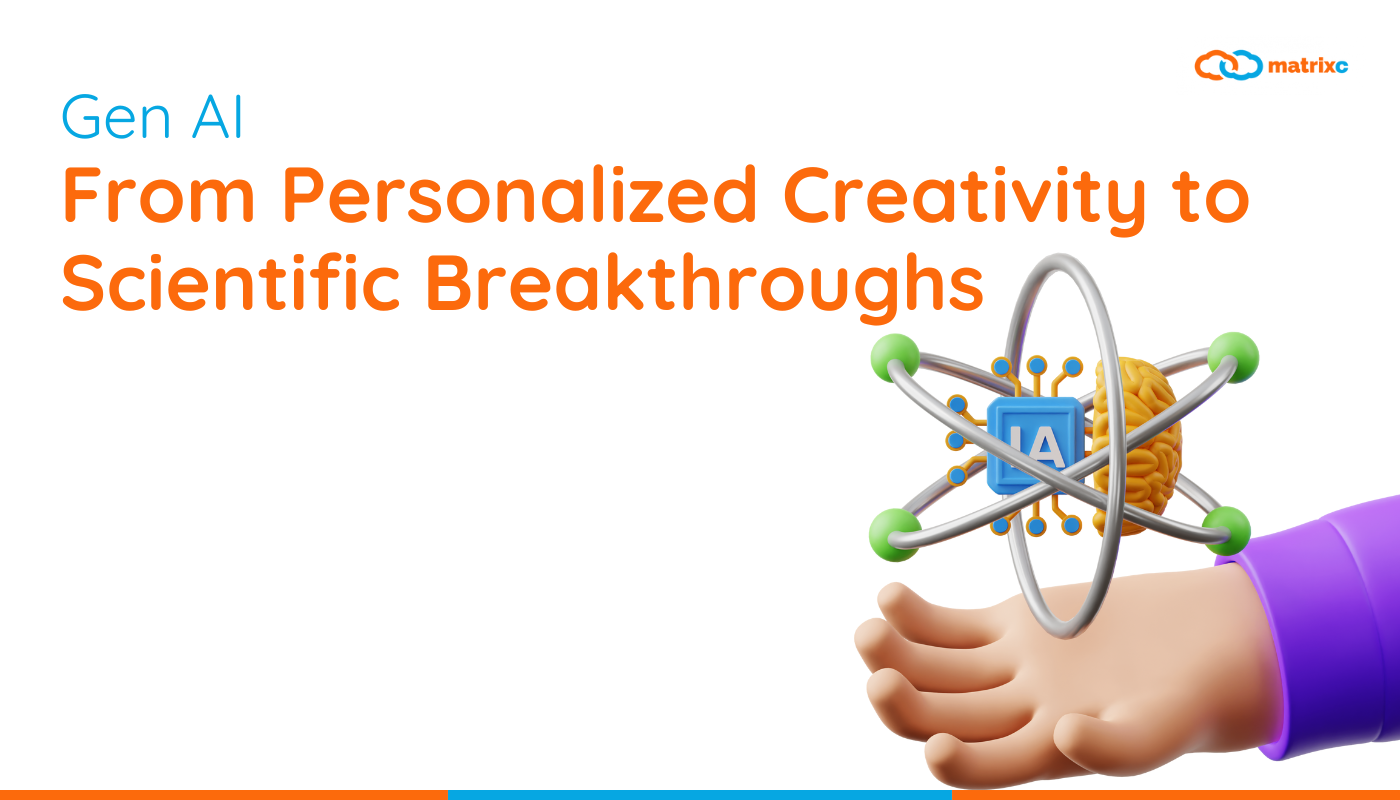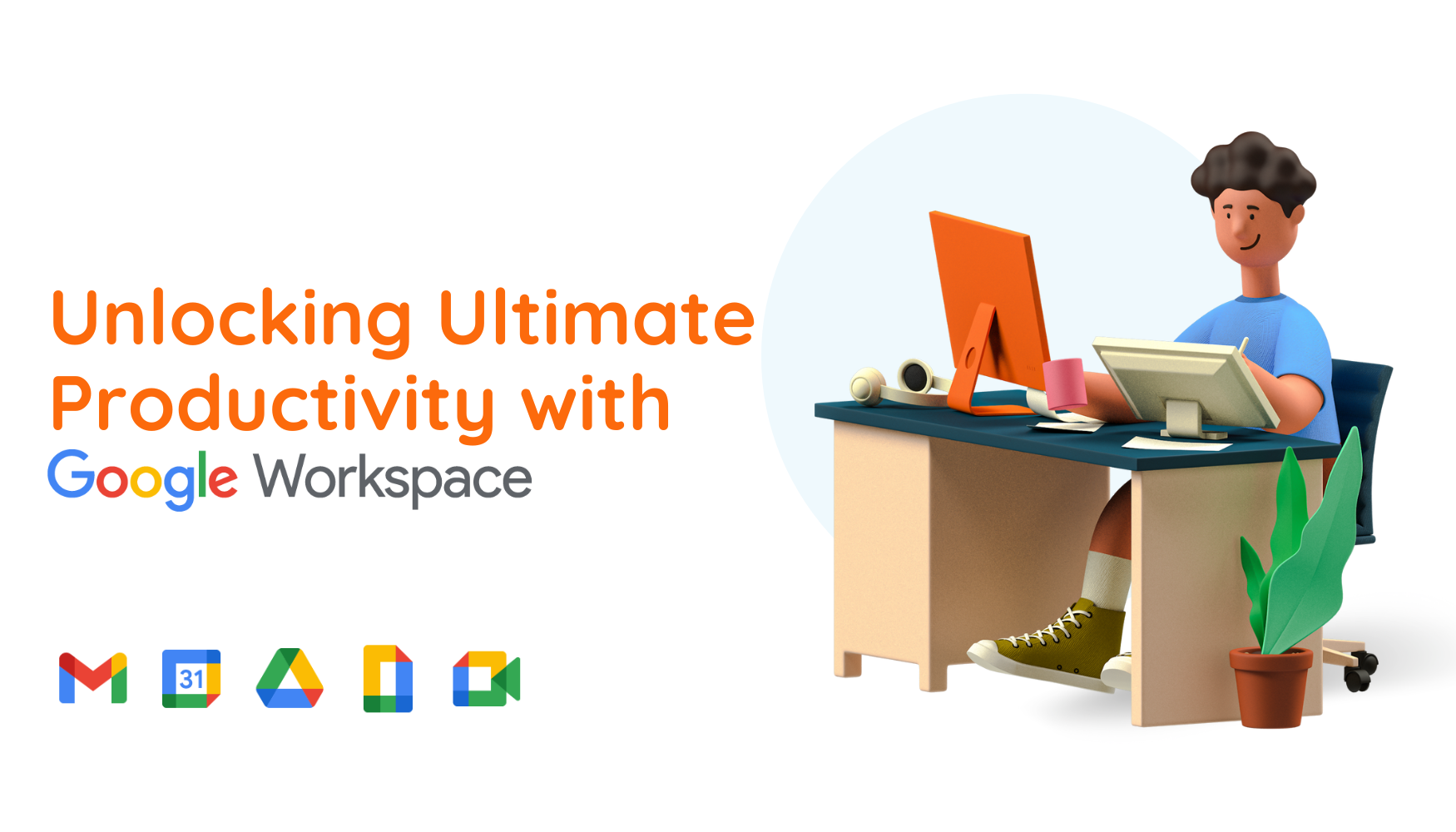In today’s fast-paced business environment, companies must innovate quickly to stay competitive. Application modernization is key to ensuring that your business remains agile and responsive. One of the best ways to modernize your applications is by using Kubernetes, a leading platform for managing containerized applications.
High-growth businesses in Malaysia can especially benefit from this, but many fear that modernizing their applications will cause operational disruptions or put too much pressure on their IT teams. With the right approach, you can leverage application modernization services and containerization to innovate faster while keeping operations running smoothly.

1. Why Kubernetes is Essential for Application Modernization
Kubernetes has become the standard for cloud-based infrastructure management, allowing businesses to deploy, scale, and manage applications efficiently. This makes it the ideal choice for high-growth companies looking to optimize their cloud infrastructure services.
Key Benefits of Kubernetes:
- Scalability on Demand: Kubernetes helps you scale applications automatically, which is particularly useful for high-growth businesses that need flexibility and efficiency.
- Increased Efficiency: By optimizing resources, Kubernetes reduces the overhead costs associated with traditional infrastructure.
- Faster Development Cycles: Kubernetes enables quicker release cycles, allowing businesses to innovate and adapt faster to market demands.
For businesses in Malaysia, partnering with a Google Cloud Partner can streamline the transition to a modernized infrastructure with managed cloud services, reducing the learning curve and operational risk.
Pro Tip: Consider starting small by modernizing non-critical applications with the support of a Google Cloud Partner Malaysia to ensure a smooth transition.

2. Start with a Phased Modernization Approach
Modernizing all applications at once can lead to disruptions. By phasing your modernization efforts, you can ensure a smoother transition and reduce the risk of downtime. This is particularly important for businesses in sectors like finance and e-commerce, where uninterrupted services are critical.
Steps for Phased Modernization:
- Prioritize Low-Risk Applications: Begin by modernizing less critical applications to gain hands-on experience with Kubernetes while minimizing the risk of disrupting core business operations.
- Hybrid Cloud Models: Consider a hybrid cloud strategy during the migration process, combining both on-premises and cloud-based solutions, such as Google Cloud VMware Engine, to maintain business continuity.
- Test and Validate: Continuously test applications as they are transitioned to avoid potential issues later on.
Pro Tip: For businesses dealing with large datasets or mission-critical applications, working with cloud migration services can help streamline the process while ensuring proper data protection in Malaysia.

3. Simplify Containerization for Teams Lacking Experience
Transitioning to Kubernetes may seem overwhelming, especially for teams unfamiliar with containerization. However, with the right tools and support, even less experienced teams can succeed in using Kubernetes to modernize applications.
How to Simplify the Learning Curve:
- Training for Google Cloud and Kubernetes: Invest in Google Workspace training or Kubernetes-specific training for your teams to get them comfortable with the tools and technologies they’ll be using.
- Containerization Tools: Start with Docker as a containerization tool, which pairs seamlessly with Kubernetes for easier management.
- Leverage Managed Services: Consider outsourcing to a managed cloud services provider, particularly one experienced in infrastructure modernization with Google Cloud, to manage more complex workloads.
Pro Tip: Partnering with a Google Workspace reseller can also ease the transition, providing support for adopting tools that enhance collaboration and productivity across your organization.

4. Avoid Disruptions with Continuous Integration and Delivery (CI/CD) Pipelines
Maintaining continuous operations is critical for any modernization effort. Integrating Continuous Integration and Continuous Delivery (CI/CD) pipelines into your Kubernetes strategy can minimize disruptions while speeding up innovation.
How CI/CD Pipelines Reduce Downtime:
- Automated Deployments: By automating the deployment process, CI/CD pipelines ensure faster, more reliable updates without impacting ongoing operations.
- Rolling Updates: Kubernetes enables rolling updates, allowing teams to deploy updates incrementally. This means that applications continue running while updates are applied in the background.
- Fail-Safe Rollbacks: In the event of an issue, Kubernetes can quickly revert to a previous stable version, ensuring minimal impact on business functions.
Pro Tip: Implementing cloud infrastructure services such as Google Cloud security solutions can further protect your systems during and after the modernization process.

5. Leverage Managed Kubernetes Services for Easier Adoption
If managing Kubernetes in-house is overwhelming for your team, consider using a managed Kubernetes service like Google Kubernetes Engine (GKE). This helps you benefit from Kubernetes without the complexity of maintaining the infrastructure.
Benefits of Managed Kubernetes Services:
- Automated Infrastructure Management: Managed services handle updates and patching, reducing the burden on your IT team.
- Security and Compliance: Providers like Google ensure that your environment complies with the latest security standards, protecting sensitive business data.
- Scalability and Support: With 24/7 support, managed services help ensure smooth operation of your containerized applications.
Pro Tip: Utilize Google Cloud disaster recovery and business continuity solutions to safeguard your applications against unexpected outages or cyber threats.
6. Cultivate a Culture of Continuous Innovation
To truly benefit from Kubernetes, fostering a culture of continuous innovation is essential. This involves integrating agile development practices and ensuring that your teams are empowered to experiment and iterate quickly.
How to Build a Culture of Innovation:
- Agile Development Practices: Kubernetes aligns with agile methodologies, enabling rapid development cycles and quick adaptation to market demands.
- Cross-Team Collaboration: Encourage collaboration across development, operations, and business teams by leveraging productivity and collaboration tools like Google Workspace.
- Reward Innovation: Recognize teams that drive innovation using Kubernetes, reinforcing a culture that values experimentation and growth.
Pro Tip: Use smart analytics solutions to track performance and identify areas for improvement, making data-driven decisions that enhance the modernization process.
Modernizing your applications with Kubernetes unlocks opportunities for faster innovation and greater scalability, ensuring your business stays agile in a competitive market. By adopting a phased approach, simplifying containerization, and leveraging managed services, you can modernize your applications without operational disruptions.
Contact Our Team
Are you interested to learn more about our products?
Do you wish to speak to us for professional advice on digitalizing your business?
Click on the button below to book a complimentary 1-on-1 consultation with an expert from our team.
















